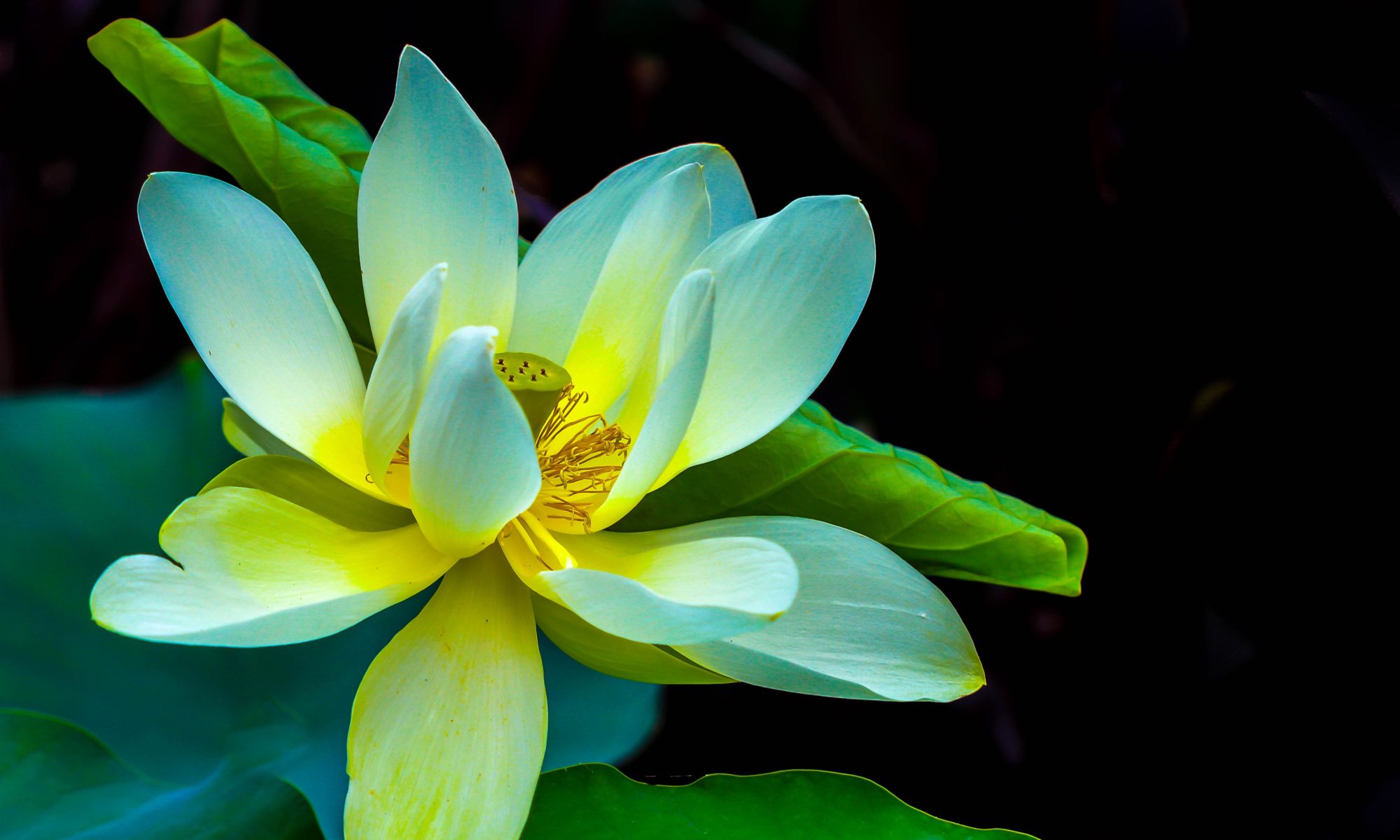Dear Kalyanamittas,
Below are the audio links to our last Sunday class recording for sharing by all. Also enclosed below are the outline short notes.
8 Jul 2018 Sunday Class Outline short notes
1. Recap of short notes from 1st Jul 2018 Sunday Class – regarding path and fruition, mindful investigation, and overcoming sloth and torpor, mental hindrance.
2. Recap of short notes from 28th Jun 2018 Thursday Class – regarding developing daily mindfulness.
[ Starting lesson proper, 79th lesson of 6th Patriach Dharma Jewel Platform Sutra, pg 395 ]
3. Samadhi of One Mark
a. like a lotus flower rising above the lotus pond’s surface
b. while in the midst of marks, do not cling and be deluded by Mark/Duality
c. instead, remain tranquil / calm, accord and flow with the conditions that arises and ceases
4. Samadhi of One Conduct
a. daily mindfulness
b. sincere (not deceiving)
c. uniformed (not bias)
d. unmoving bodhimandala (stable wayplace to cultivate wisdom)
5. Sister Tammy’s sharing about office work where she concentrates alot, and is experiencing busy mental activities even after working hours, e.g. during the evening meditation classes.
6. True “Samadhi” borne of wisdom is beyond thought, which is very different from… “Appana samadhi” which is a conditioned state with the 5 Jhanic factors of vitaka (applied thought), vicara (sustained thought), piti (spiritual calmness), suka (blissfulness of mind), ekagata (one pointedness of mind).
a. Many people get trapped in this type of thought based samatha meditation; i.e. going into one-pointedness or absorption of mind type of meditation. Such thought based meditation cannot lead to the real meditative silent mind (which is a truly free mind).
b. “seemingly no thought” borne of focusing; i.e. a conditioned state borne of one-pointedness concentration (Not a natural state, Not a free mind)
c. Still within the field of thought; No thought is still a thought because who says that there is no thought? It is the thought (i.e. thought thinking there is “no thought”). This is Not awareness / mindfulness.
d. The other type is the absorption meditation borne of very strong continuous mindfulness absorption meditation where the mind is fully absorbed into a very still state of appana samadhi. The body is like a statue unmoving and it is not a free mind in pure awareness hence it does not develop wisdom/understanding; without wisdom, defilements still have power over you. This type of meditation does not lead to the cultivation of the Noble 8-fold path. The 5 spiritual faculties, 7 factors of enlightenment and the 4 Noble Truths understanding are not there.
7. Sister Karen shares her joyful experiences of getting to take part in the recent 14 days Samaneri novitiate program and how the renunciation training helped to reduce her heedless thinking and thereby making her mind calm.
8. Bro Teoh emphasizes importance of maintaining the cultivation of a very stable daily mindfulness by having a good daily spiritual/religious routine in the midst of fulfilling our daily duties.
9. Sister Padmasuri’s sharing on gratitude towards Kalyanamittas for helping out in the shaving ceremony, and her reflection on the reality of the physical body and the hair and how it can becomes a burden to others.
10. Bro Teoh sharing on how to develop the proper contemplation on the form and mind linking it to the 5 daily contemplations as taught by the Buddha.
11. Sister Alicia’s sharing of her recent trip to Seoul, Korea.
(Outline prepared by Sis Soo Yee)
Bye! and with metta always,
Teoh
From: Sister Lee Siew Gaik. To listen to 8th July 2018 audio file:
or at:
|
|
www.dropbox.com
Shared with Dropbox
|
